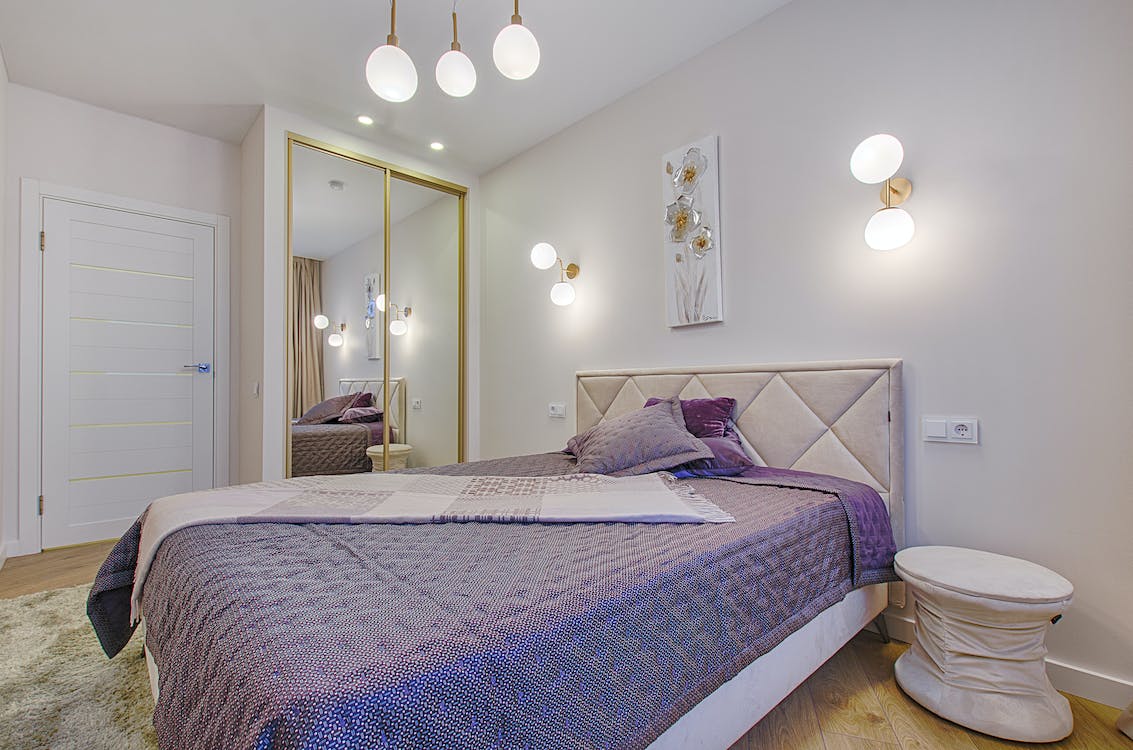Choosing the Perfect Color Palette for Your Living Room

When it comes to designing your living room, selecting the right color palette is an essential step to create a space that is visually appealing and harmonious. The colors you choose will play a significant role in setting the mood and atmosphere of the room. In this article, we’ll guide you through the process of selecting a color palette that suits your style and transforms your living room into a stunning and inviting haven
Understanding the Basics
Before diving into the selection process, it’s important to understand the basics of color theory. Colors evoke emotions and have the power to influence how we perceive a space. Warm colors like reds, oranges, and yellows create a cozy and energetic ambiance, while cool colors like blues, greens, and purples exude calmness and tranquility. Neutrals such as whites, grays, and beiges provide a timeless backdrop that can be paired with any accent color.
Consider the Room’s Purpose
Start by considering the purpose of your living room. Is it a space for relaxation, entertainment, or both? The function of the room will help you determine the appropriate color palette. For a serene and tranquil atmosphere, opt for cool and neutral tones. If you’re looking to infuse energy and vibrancy, consider incorporating warm and bold colors. Pet owners might also consider selecting colors and fabrics that are durable and resistant to wear, ensuring their living room remains stylish and functional.
Draw Inspiration from Existing Elements
Look around your living room and take note of existing elements such as furniture, artwork, and decor items. These elements can serve as a source of inspiration for your color palette. Pull out dominant colors from your favorite painting or the upholstery of your sofa. Creating a cohesive look by incorporating these colors will give your room a polished and well-thought-out appearance.
Use the 60-30-10 Rule
A tried-and-true method for creating a balanced color scheme is the 60-30-10 rule. This rule suggests allocating 60% of the room to the dominant color, 30% to a secondary color, and 10% to an accent color. The dominant color typically covers the walls, while the secondary color can be applied to furniture and larger decor items. The accent color adds a pop of visual interest through accessories like throw pillows, vases, or artwork.
Consider the Lighting
Lighting plays a significant role in how colors appear in a room. Natural light and artificial lighting can alter the way colors are perceived. Test your color choices under different lighting conditions to ensure that they maintain their desired effect. For example, a color that looks warm and cozy in natural light might appear overly intense under bright artificial lighting.
Sample Color Swatches
Before committing to a particular color palette, it’s wise to obtain sample color swatches. Paint small sections of your walls with the chosen colors and observe how they interact with your space throughout the day. Colors can appear different under various lighting conditions and against different surfaces, so testing swatches can help you make an informed decision.
Incorporate Transitional Colors
Transition words, such as “furthermore,” “however,” and “consequently,” play a crucial role in guiding readers through your content. By using transitional words, you create a seamless flow between ideas and enhance the readability of your article. Ensure that your transitions are relevant and effectively connect one point to the next.
Choose Colors that Resonate with You
Ultimately, the color palette you select should resonate with your personal style and preferences. Trust your instincts and choose colors that evoke positive emotions and make you feel comfortable. After all, your living room is a reflection of your personality, so it should feel like a space where you belong and can truly be yourself.
Conclusion:
Selecting the perfect color palette for your living room involves thoughtful consideration of color theory, existing elements, lighting, and personal preferences. By following the principles of color harmony and testing swatches, you can create a visually stunning and inviting space that suits your style and enhances your living experience. Remember, your living room is your canvas—paint it with colors that inspire and uplift you.